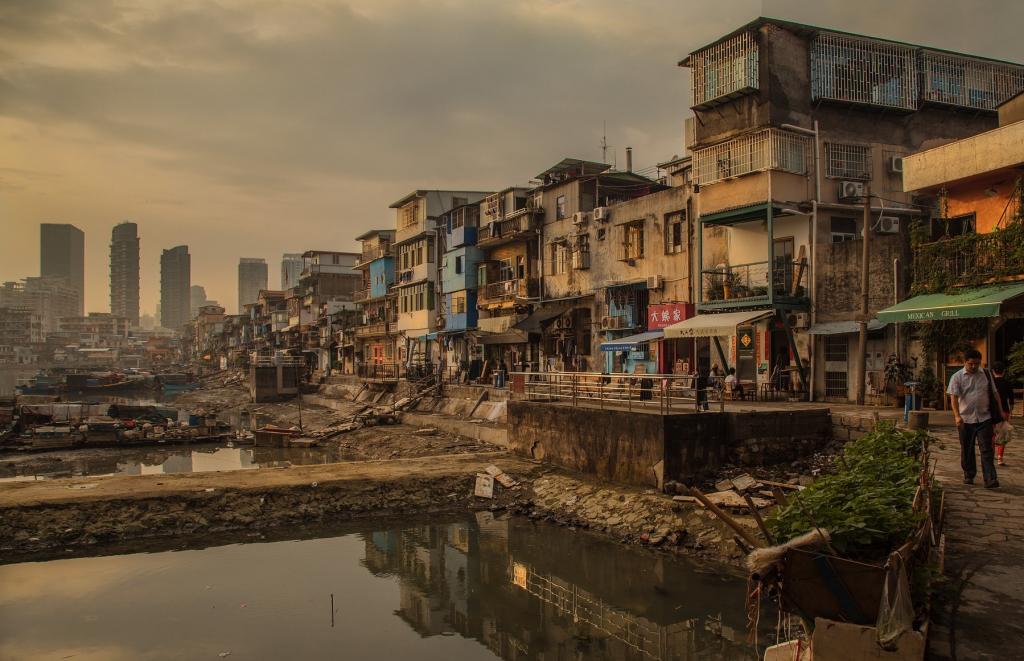By Adam Przeworski
Carroll and Milton Petrie Professor Emeritus
Department of Politics
New York University
Nothing can be farther from truth than the idea that COVID-19 is a “great equalizer” as some have claimed.
Clare Malone has compared two New York City communities identified by zip codes. East Elmhurst (11369) is a predominantly Latino community (69%), with a median household income of $54,121 and an average household size of 3.2, of which 11% house more than two generations. Inhabitants of East Elmhurst are employed mainly in clerical occupations, food service, and construction.
Park Slope (11215) is a predominantly White community (two-thirds), with a median household income of $123,583 and an average household size of 2.4, of which 1.8% house more than two generations. Inhabitants of Park Slope are employed in management, entertainment, education, and business.
East Elmhurst has the second highest prevalence of COVID-19 in the city (the highest is in the adjacent community which contains the largest prison in the state); Park Slope has the lowest prevalence.
While these are the extremes, maps of income and of the incidence of the virus within New York City coincide almost perfectly. This should be no news. Even before the outbreak, a 10-minute subway ride from the Upper East Side to East Harlem would take one from a community where life expectancy was 85 years to one in which it was 76.
The virus magnifies pre-existing class differences through two mechanisms. One is that, except for doctors, the “essential workers” are predominantly in low-paying occupations: grocery cashiers, transportation workers, bank tellers, pharmacy employees, utility workers, police, warehouse and delivery workers, gas station attendants. Their exposure rates differ because some among them interact only among themselves while others interact with everyone, but they are the ones who are more exposed.
The second mechanism operates through household size. As of 2019, the per person median income in the US was $35,435 in a household of 2 and it declined in household size above 2, falling to $14,803 in a household of 6.
Moreover, these two mechanisms interact: poor people are more likely to be essential workers and they live in larger households which are also more frequently multi-generational.
That some people are able to isolate themselves from the virus is possible only because other people do not isolate themselves. At each moment, we can think of populations in three categories: those who are protected, even if involuntarily by not being employed, those who expose themselves by providing services to those protected, and those who must be economically active in order to survive but whose activities are not essential for the survival of others.
The effect of the COVID is to couple income inequality with health inequality, already existing but now greatly magnified.
Even if these three categories are heterogenous, they can be ordered by incomes (and wealth) before the epidemic erupted, from the highest to the lowest. Seen differently, some people must eke their existence without affecting much the lives of others, while some expose their health to danger so that others are protected. The “essential workers” are not more essential during the pandemic than at any other time, and they tend to have lower incomes than those who benefit from their essential services.
The effect of the COVID-19 is to couple income inequality with health inequality, already existing but now greatly magnified. The still only fragmentary data we have on death rates from COVID-19 also suggest that poor people are more likely to die once infected.
In the US, most social differences are interpreted through the prism of race. The US government does not routinely report health statistics by class. The data that are available show that Blacks are somewhat more likely to die from heart diseases at any income level. Hence, race does matter. Yet the magnitude of health disparities across income groups (or other indicators of class) is much bigger than the size of the difference between Blacks and Whites. And while Blacks and Latinos are disproportionately poor, over two-thirds of the poor are Whites.
All this is true about one of the wealthiest countries in the world. The magnification of inequality is even sharper in poorer countries, not even the poorest ones. The average household size in Latin America as of 2018 was 3.5, higher than in East Elmhurst. The average size of households in the bottom quintile of income recipients was 4.4; in the top quintile it was 2.6. In Latin America as a whole 10.5% of urban residents have no running water and 33.7% no sewage connection.
This is an excerpt. To read the full article, visit The Global.
Interested in contributing to our blog? Here is how.


